|
A big ‘thank you’ to everyone who came down to the events over the Green Weekend of 6th/7th July 2024. The Green Jamboree on Saturday 6th July was well attended by locals and visitors, and everyone seemed to have a quality time in spite of the strong wind. The three activity-based stalls were the most popular on the day. Helen, Sue and Simone wowed everyone with their display of eco crafts, producing eco prints and demonstrating spinning techniques using local wool. Sheryl and Gail were overrun with kids wanting to make wildflower seed bombs and bug hotels, while The Willow Man had a great time showing visitors how to sculpt with willow. The "Create the Future Roadshow" had a steady stream of interest, with youngsters kept entertained while their parents/carers had quality conversations with OVESCO volunteers about how to reduce their energy bills. The team from Sow Wild also did well selling seeds and offering advice about creating wildflower meadows. The event was also a chance to Meet the Muddles Green Makers, who operate small businesses from the workshop units in Farley's Yard. Seven Sister's Spice, in particular, did a roaring trade in spicy chips, the staff in the Village Shop & Cafe were run off their feet, and there was plenty of interest in Burnand & Simpson Upholstery. The Sunday Market at the Gun Brewery Taproom on Sunday 7th July was a little quieter, most likely due to the very wet weather. Nonetheless, we had some great conversations with visitors about Greening Chiddingly activities, and a lot of interest in the various projects to Restore Nature around the village.
0 Comments
It was a glorious morning, the sun was shining and there were plenty of smiles as riders gathered in the Six Bells car park for the second ever Tour de Chiddingly community bike ride on Saturday 16th September. The ethos for the event was to encourage everyone to cycle more, particularly for shorter journeys that would otherwise be made by car. Now that East Sussex County Council have patched the worst of the potholes in the parish, that’s much easier and safer.
In all, 40 riders had signed up for the event, ranging in age from 5 to 81 (no names mentioned). Some were very experienced cyclists, while others had obviously only just dusted off their bikes from the back of the shed. Riders were given the choice of two routes. A shorter, more family-friendly, 6-mile circuit took in the delights of Highlands, Ailies, Stalkers and Smithlands lanes before descending Scrapers Hill into Muddles Green and back to Chiddingly. A longer 13-mile circuit shared the same start and end as the 6-miler but also climbed four of Chiddingly’s infamous hills (Stone Hill, Pick Hill, Gun Hill and Thunders Hill), plus the long slog up Moat Lane to Waldron – that’s 930 feet (285 m) of elevation gain. As you can see from the photos of the event, everyone had a great time, with the final riders on the 13-mile route returning to the Six Bells after 1 hour and 9 minutes (yes, I timed it). It was great to see such a wide cross-section of the community represented, meeting new people and making new friends over a drink and a bite to eat. I need to finish with a few words of thanks. A great big "thank you" from everyone at Greening Chiddingly to:
Roll on next year and the Tour de Chiddingly 2024! David Nash Back in March we launched a competition for children at Chiddingly School to 'Design-a-Logo' for the Greening Chiddingly group. The children were given a simple brief: to "create a logo inspired by our local environment that gets people thinking about climate change". We had some fantastic entries from each of the three classes at the school: Beech (Years 1 & 2), Willow (Years 3 & 4) and Sycamore (Years 5 & 6). The competition was judged anonymously by local artist Tony Mills, who said it was "incredibly hard to single out the best designs as all the entries had great ideas". After much deliberation, Tony was able to identify three winners: Winner in Beech Class - Frances Wood-Evans Winner in Willow Class - Sophie Gurr Winner in Sycamore Class - Arthur Veasey Each received a special Bug Hotel so that they can do their bit for biodiversity in their garden and learn more about our local invertebrates. As there were so many high quality entries from the children in Beech Class, Tony recommended that Eliza Veasey be awarded a Runner-Up prize - a set of environmentally-friendly gardening tools. All the children who took part received a special certificate. Prizes and certificates were presented by our Secretary, Mark Valleley, at the School Assembly on Friday 9 June. Thanks to all the children who took part, to Tony Mills for judging the competition and to Chiddingly School for their enthusiastic support. We will be giving the winning designs to a local graphic designer, who will use them as inspiration for the final logo for the group. We’re hoping that the best entries will be displayed on the Art Wall in the village shop in Muddles Green later in the year. In this blog post, David Nash, describes his experience of installing a solar panel array at his home in Gun Hill... Like the majority of households in Chiddingly Parish, we have to rely on oil for our hot water and central heating. In the medium term, we intend to install either a ground- or air-sourced heat-pump to lower our carbon footprint, but this is beyond our current budget. Instead, as a first step towards “greening” our energy supply, we decided to investigate solar. I thought it might be helpful to share our experience to assist anyone considering installing their own solar array. We started our journey in the summer of 2022 – coincidentally the hottest summer on record in the UK and when energy prices were soaring due to the war in Ukraine. Seemingly everyone with a bit of spare cash was looking to install solar. We wanted to use local suppliers, and contacted half a dozen renewables companies in East Sussex. Those that replied – three didn’t even bother – explained that demand was high and there was a shortage of panels and batteries. In short, there would be a long lead-in time. However, this wasn’t a big deal to us as we were in no rush. Rather than having solar panels installed on the roof of the house, we wanted to have an array set up on our garage roof, with a battery system in the garage itself. This has advantages in that the panels are less visible from the road. Also, unlike solar panels mounted on a fixed-aspect sloping roof, the panels catch the sun all day round. Installing solar on an out-building does, of course, raise some challenges. For starters, you need a fair bit of electrical work and additional cabling to get the solar-generated power into the house. We had power in the garage, but the cable from the house was inadequate for the additional electricity transfer. Panel systems for flat roofs are also heavy. The panels are mounted on a metal frame and held down by ballast, so we needed a structural engineer to confirm that the garage wasn’t going to collapse.
The company we eventually selected was able to assess our initial requirements, including estimating the number of solar panels we needed and the payback time, using online tools such as Google Earth. Two site visits were needed to determine the electrical connection work. Installation of the 4.2 kWh solar array (in February 2023) was relatively quick. The frame and 12 solar panels were set up within a day, but the electrical work took a bit longer. In addition to an inverter (which converts DC power from the solar panels into AC) and 5.8 kW battery, we needed a new fuse box in the garage, new cabling to the house and a new junction box on the wall above our current meter box. While we were doing the work, we had an electric vehicle charging point installed, so we also needed a new earth point.
All this electrical work took about five days. However, I’m now typing this on a laptop powered entirely by the Sun. It is a bright but cloudy day in early Spring, and we are generating enough solar energy to power a washing machine, iron, kettle and background electricals (fridge-freezer etc.), top up the battery and feed excess power back into the grid. We have an app connected wirelessly to the inverter that shows the solar power being generated, what we are using at any given time, the electricity stored in the battery, the energy going back into the grid, and the amount of money (and kilograms of carbon) we have saved. The battery is currently 100% full. This will see us comfortably through the evening and overnight, but we might draw a little mains power at breakfast time. I’m sure that the novelty will wear off in time, but I am now solar-obsessed! Based on our experience, solar is definitely worth exploring as part of your domestic energy mix. Energy prices are likely to remain high for some time, and we all need to reduce our carbon emissions. Once your system is set up, you will benefit from solar power immediately. Note that there is a little paperwork required to register for the Smart Export Guarantee, so that you can feed excess generated power into the grid, but your supplier can explain this. You will also need a smart meter installed – we already had one so this wasn’t an issue. If you want to talk about our experience and/or arrange a visit to look at the panels and battery set-up, just email [email protected]. Saturday 17th September was a glorious autumn morning – bright, sunny and pleasantly warm, but with a gentle breeze – in fact, perfect weather for the first ever Tour de Chiddingly cycle event. Co-organisers Mark Valleley and Will Rennison had been out the evening before, marking out the deeper potholes, sweeping away areas of loose gravel and putting up signs for the routes (co-designed with Mike Goss). The registration desk was set up, with Greening Chiddingly group members Sheryl Rennison and Tina Letanka ready to welcome the first eager participants. In short, we were good to go. The first cyclists started to arrive at 10:30 and by 11:00 the Village Shop car park was a sea of bikes, hi-vis jackets and cycle helmets. In all, 50 riders had signed up for the event, ranging in age from 5 to (at least) 65. Judging by the amount of lycra on display, some were very experienced cyclists, while others had clearly only just unearthed their bikes from the back of the shed. At 11:15, David Nash, Chair of Greening Chiddingly, gave a short welcome, reminding everyone why the event had been organised – to encourage community members to see cycling as their first-choice mode of transport for short journeys. After that, Will gave a short safety briefing. The assembled cyclists were then split into two groups, the more experienced riders following a 6-mile route and a smaller group following a 3-mile route. Both groups had an allocated cyclist at the front and back to act as pacemaker and rear-guard trouble-shooter respectively. Cyclists on the longer route set off at around 11:20. Turning right out of the car park, the peloton made its way up Scrapers Hill and along Smithlands Lane, Stalkers Lane and Ailies Lane before returning through Chiddingly to Muddles Green. The shorter route headed off about 5 minutes later, also following Scrapers Hill and Smithlands Lane but turning left down Honeywick Lane and Parsonage Lane before arriving back in Chiddingly. Everyone got back safely, although some cyclists following the shorter route took a little longer than expected owing, ironically, to a dodgy battery on an electric bike. The end of the ride dove-tailed perfectly with the start of the 10th anniversary celebrations for the Village Shop. This included an al fresco barbecue – what better way to undo all the good work of a bike ride than a burger or hot dog? All in all, it was a lovely day, with many people saying how much they’d enjoyed themselves. Thanks to Mike, in particular, who was integral to planning and organising the event but couldn't take part on the day. Roll on next year and the Tour de Chiddingly 2023!
If you took part in the Tour de Chiddingly, we’d love to hear what you thought of the event. Were the routes the right length or would you prefer a longer ride? Is there anything we can do to improve the experience? Would you take part again? |
Our authors
The Greening Chiddingly blog page contains short posts written by residents of Chiddingly parish on environment-themed topics. Categories
All
|
Get in touch
Email: [email protected]
|
Follow us on social media
|
Copyright on this site
Text © Greening Chiddingly (2024)
Banners © Trevor Thomas (2022) |











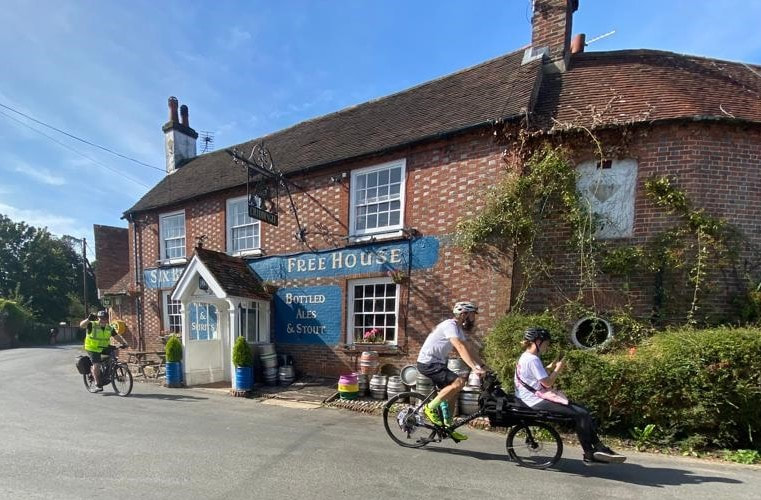
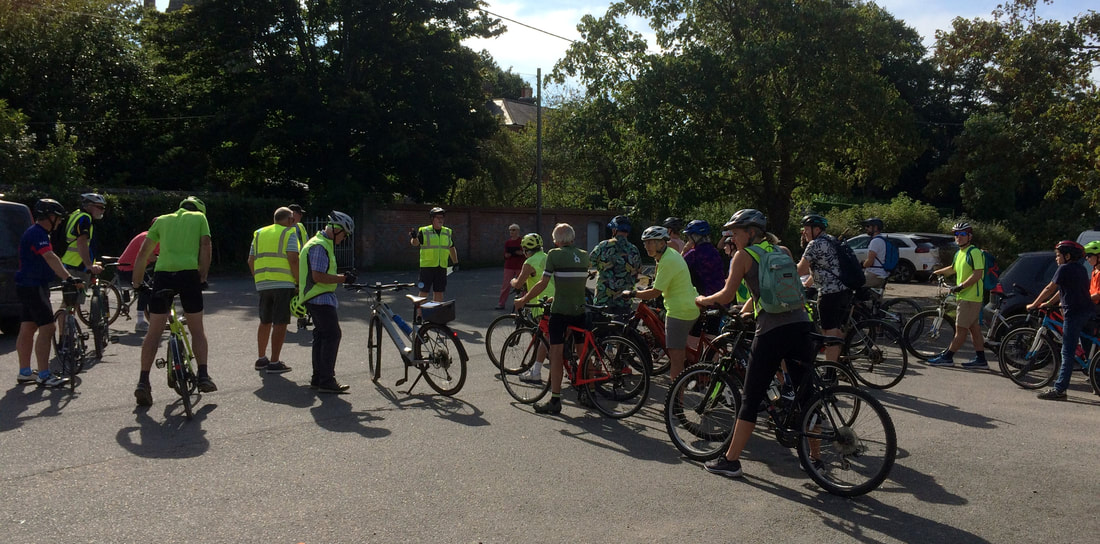
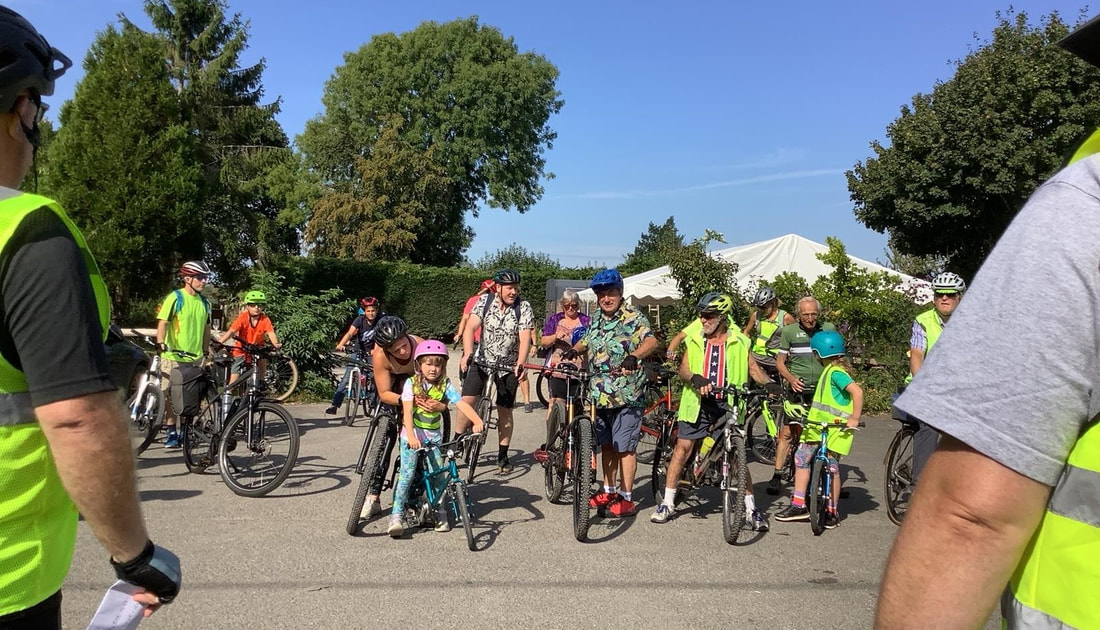
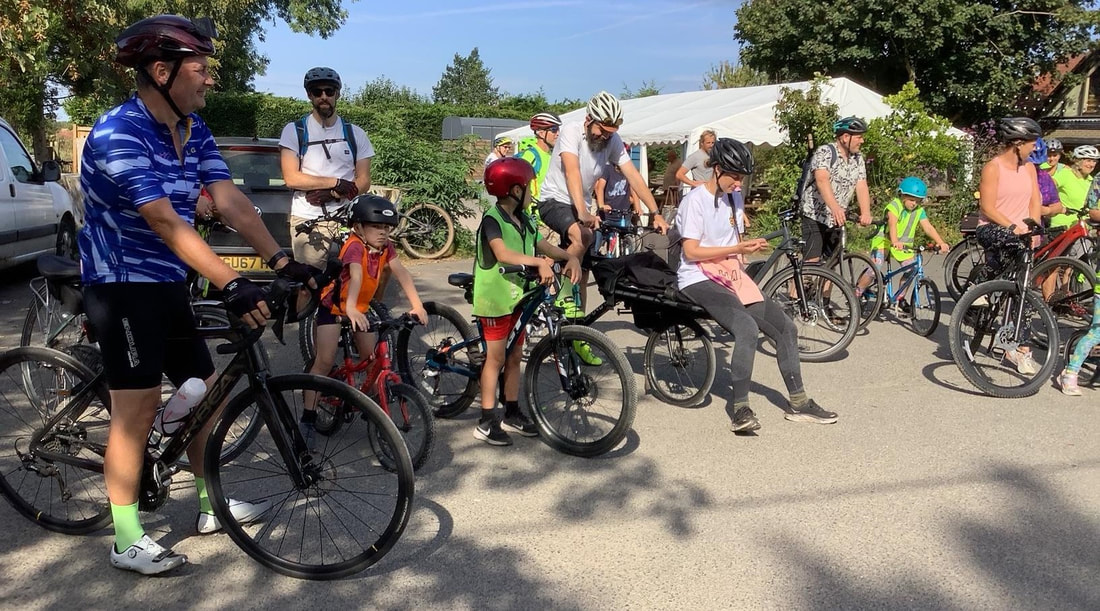
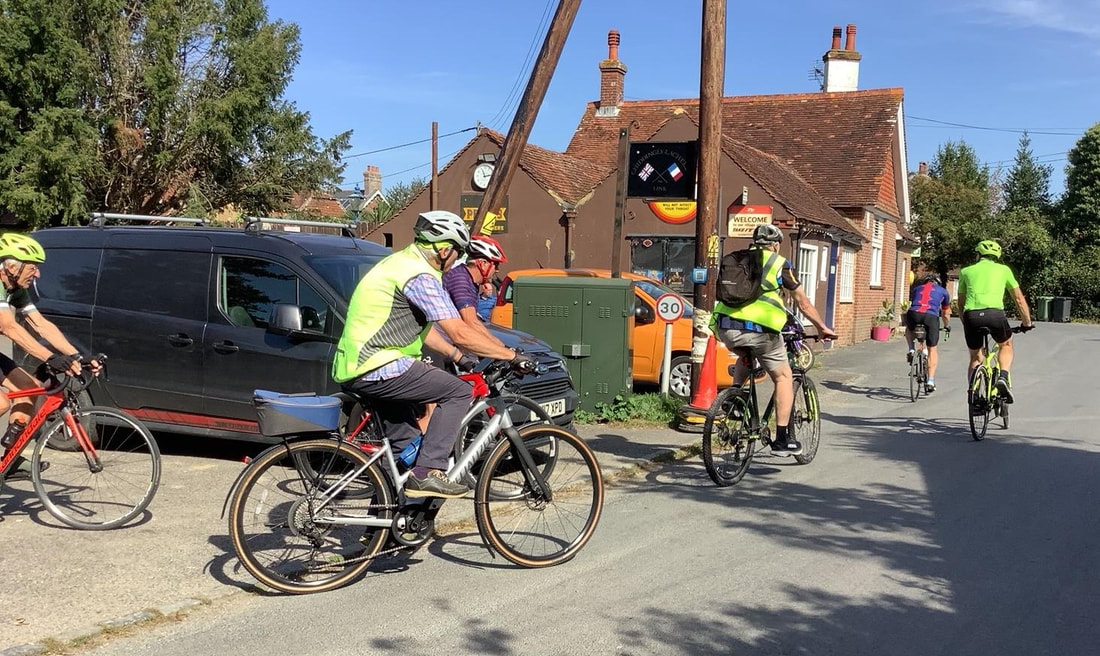
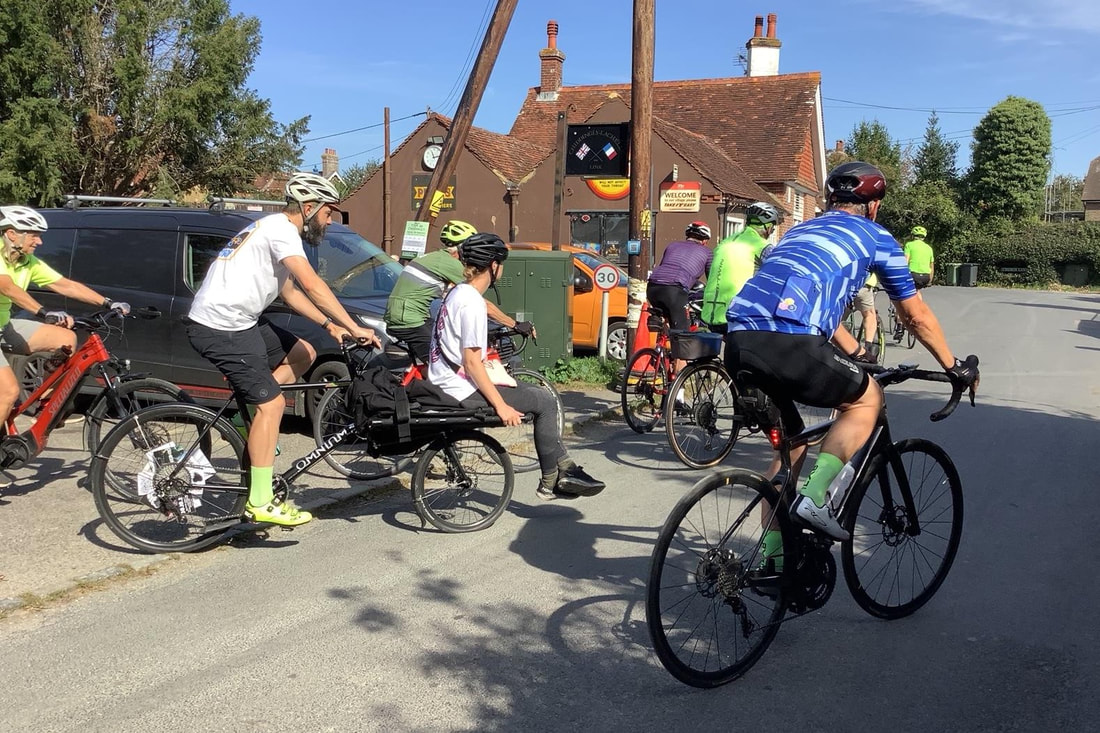
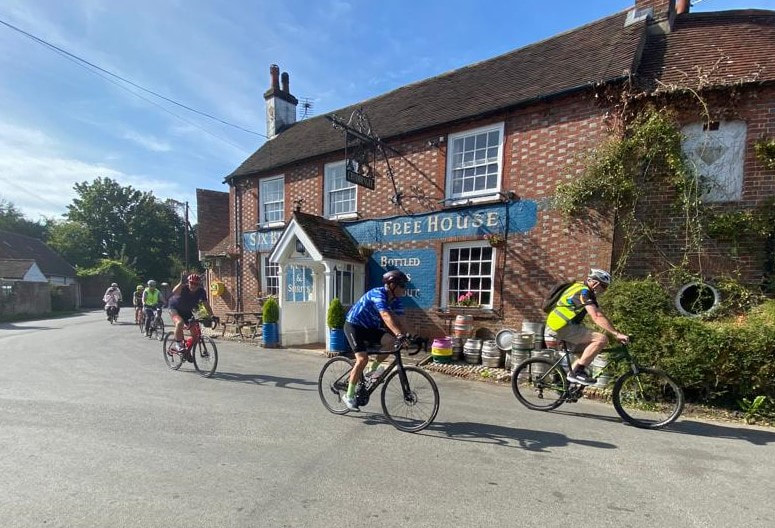
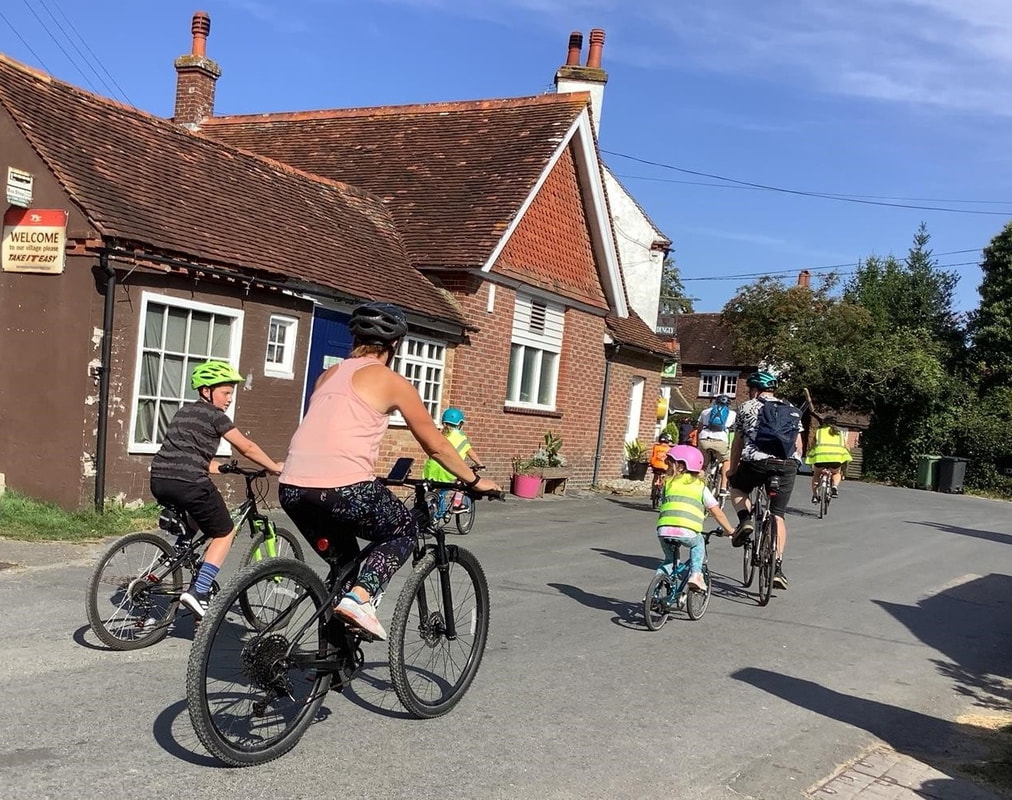
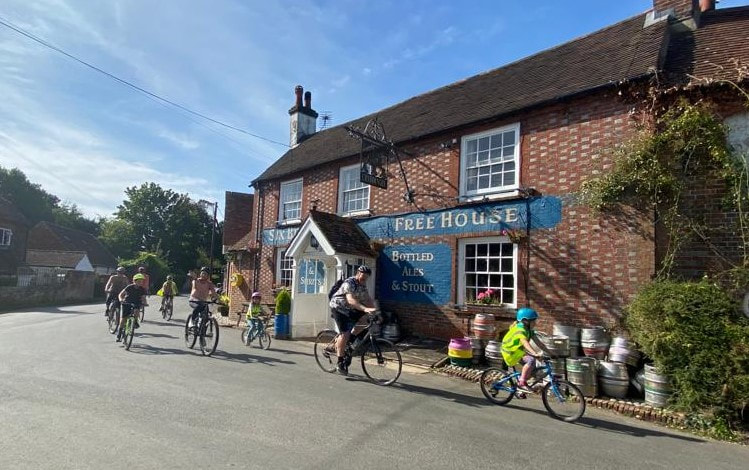
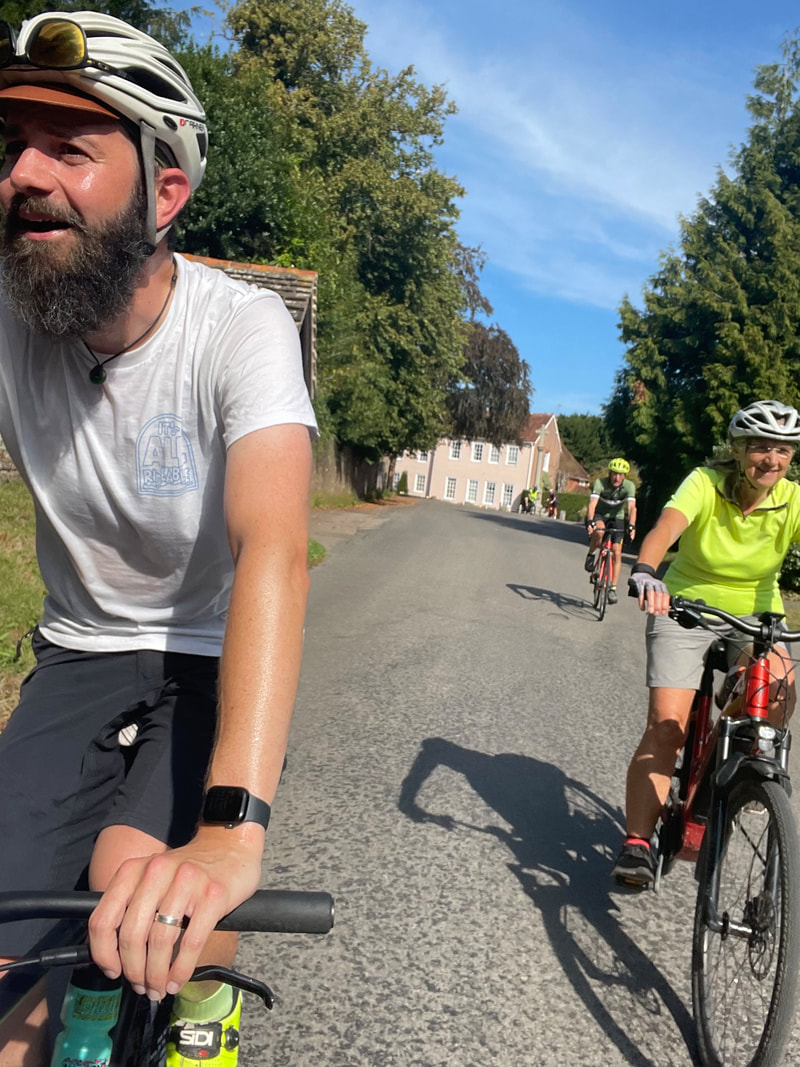
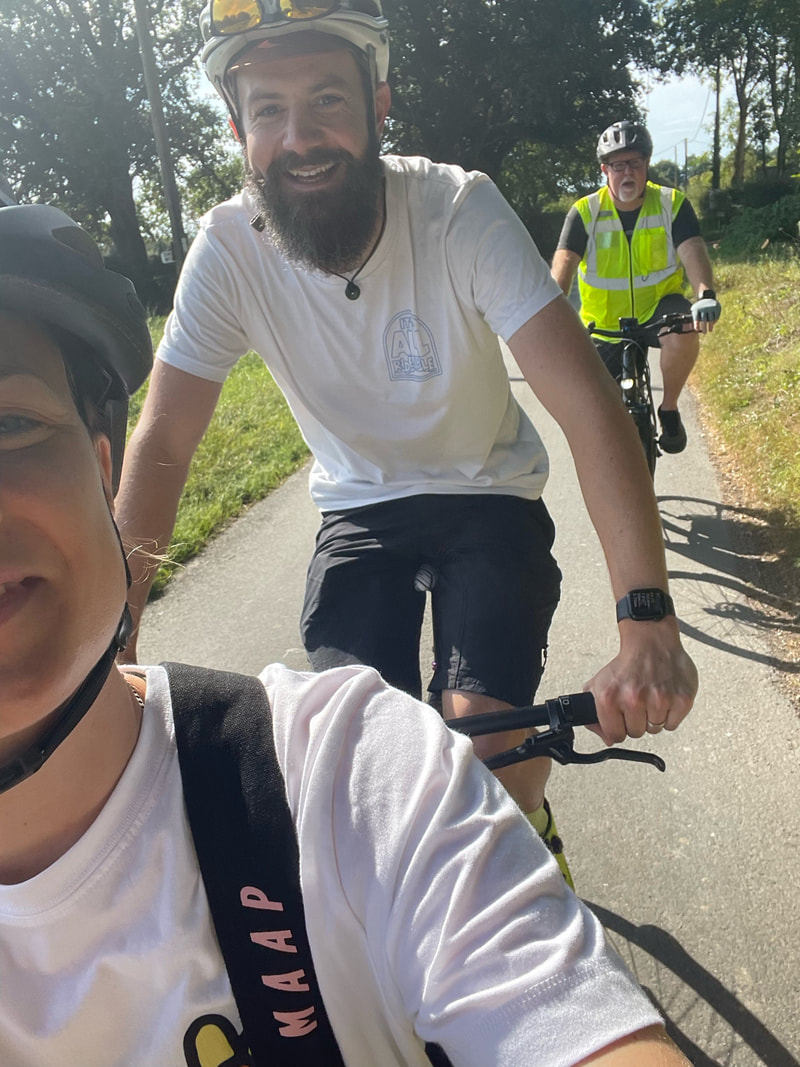
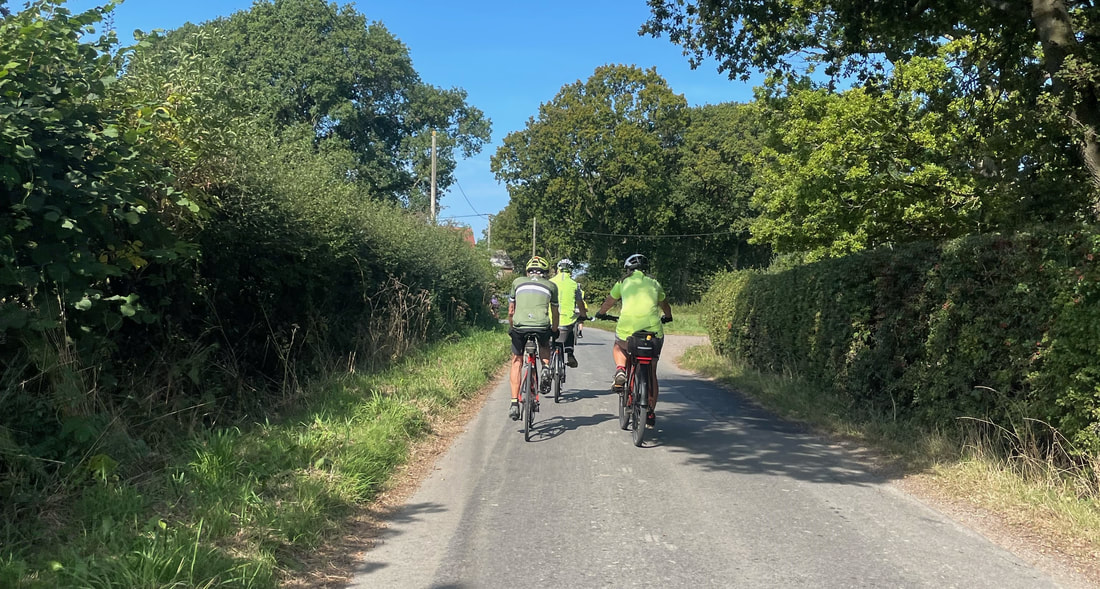





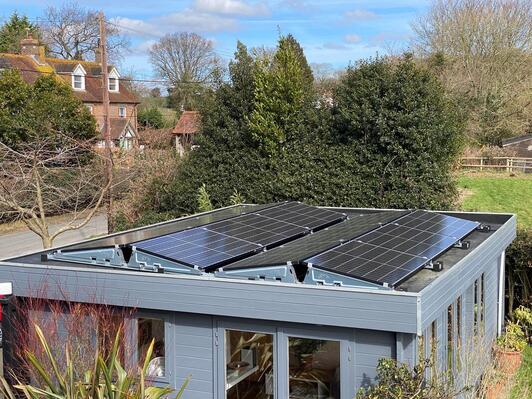
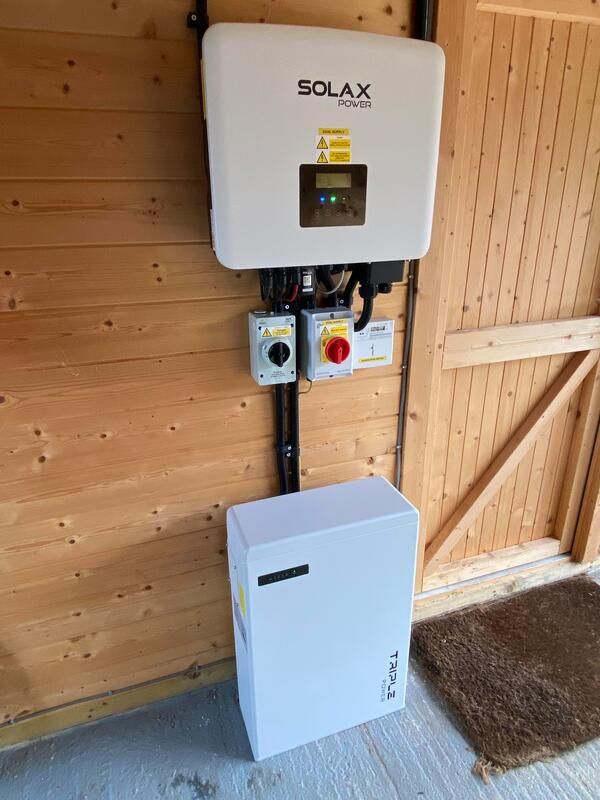
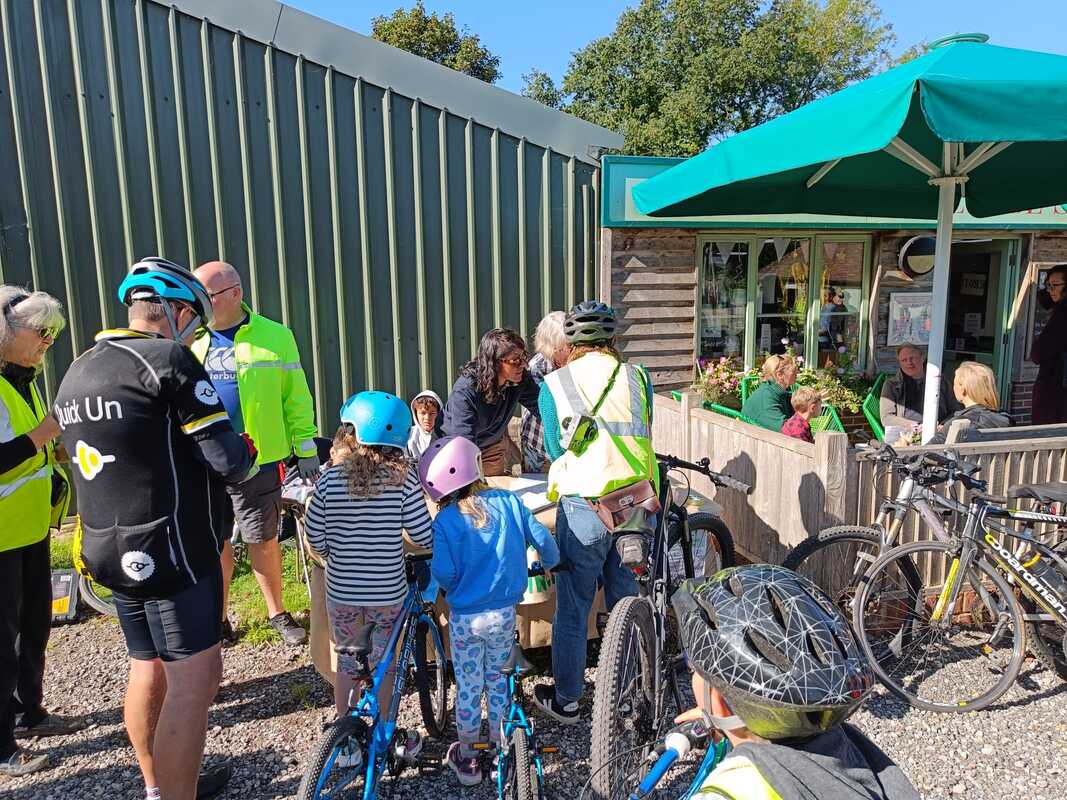
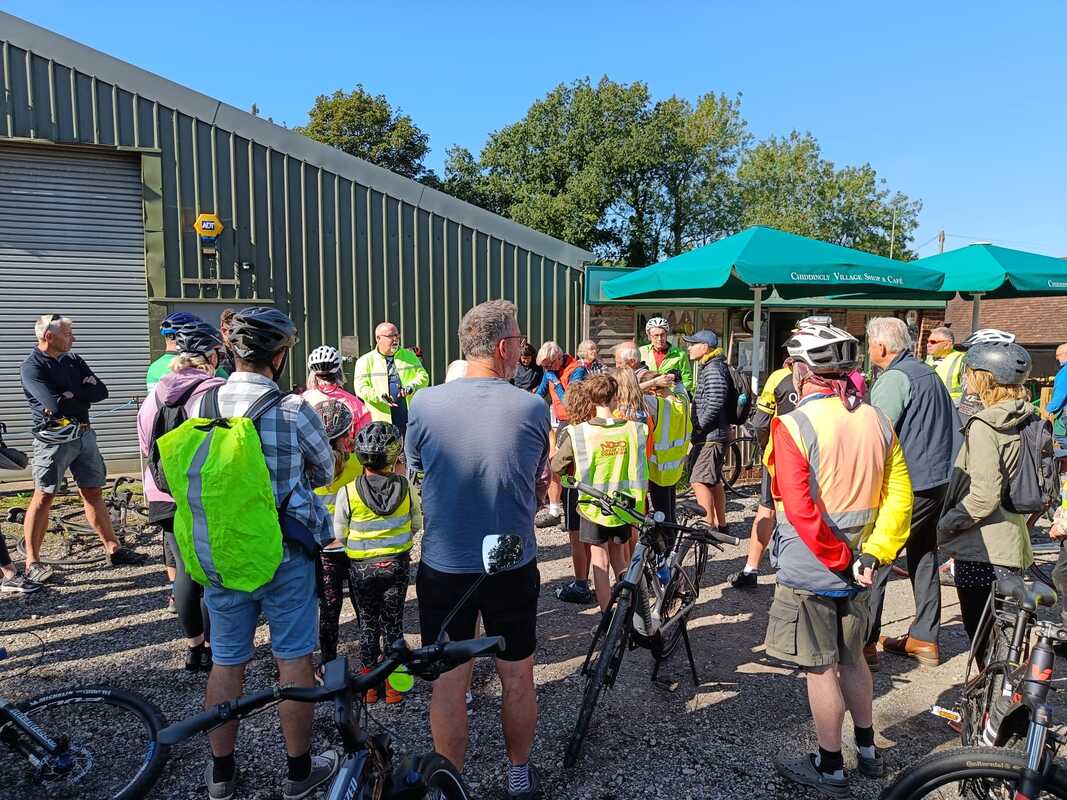
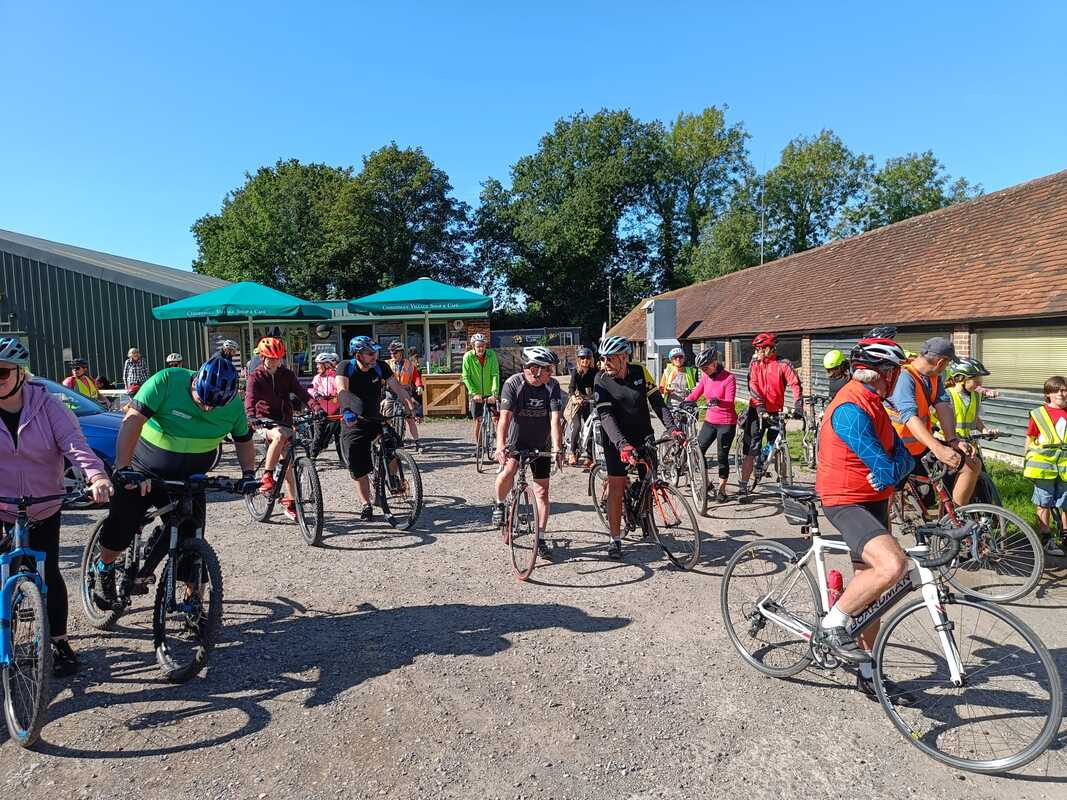
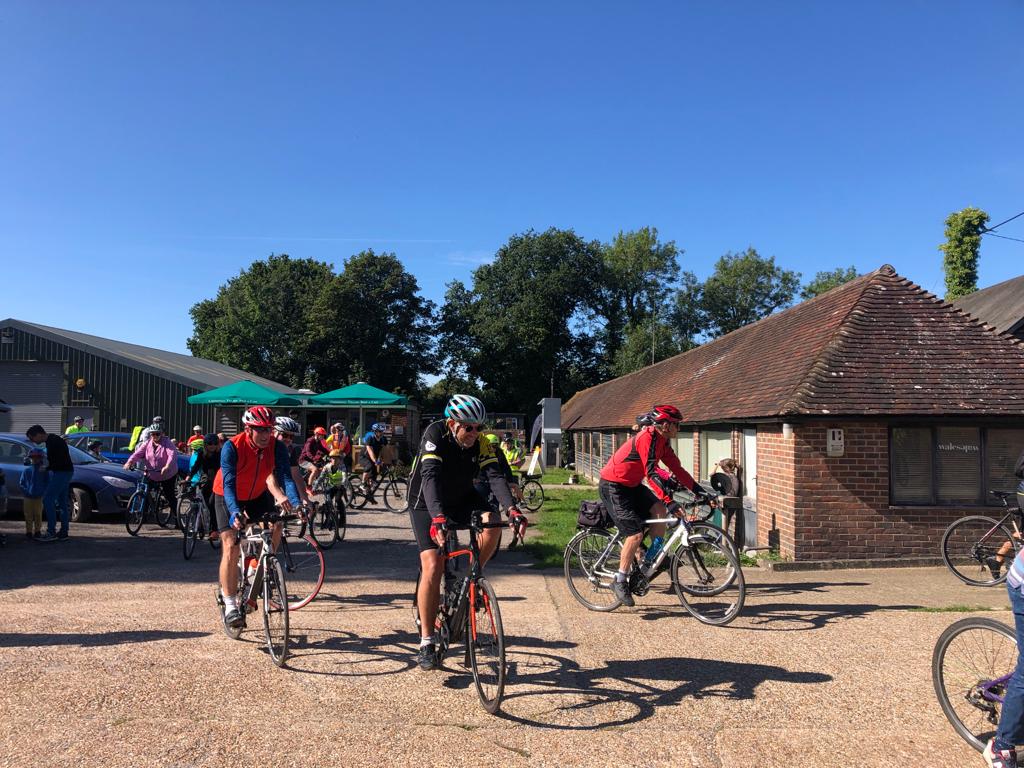
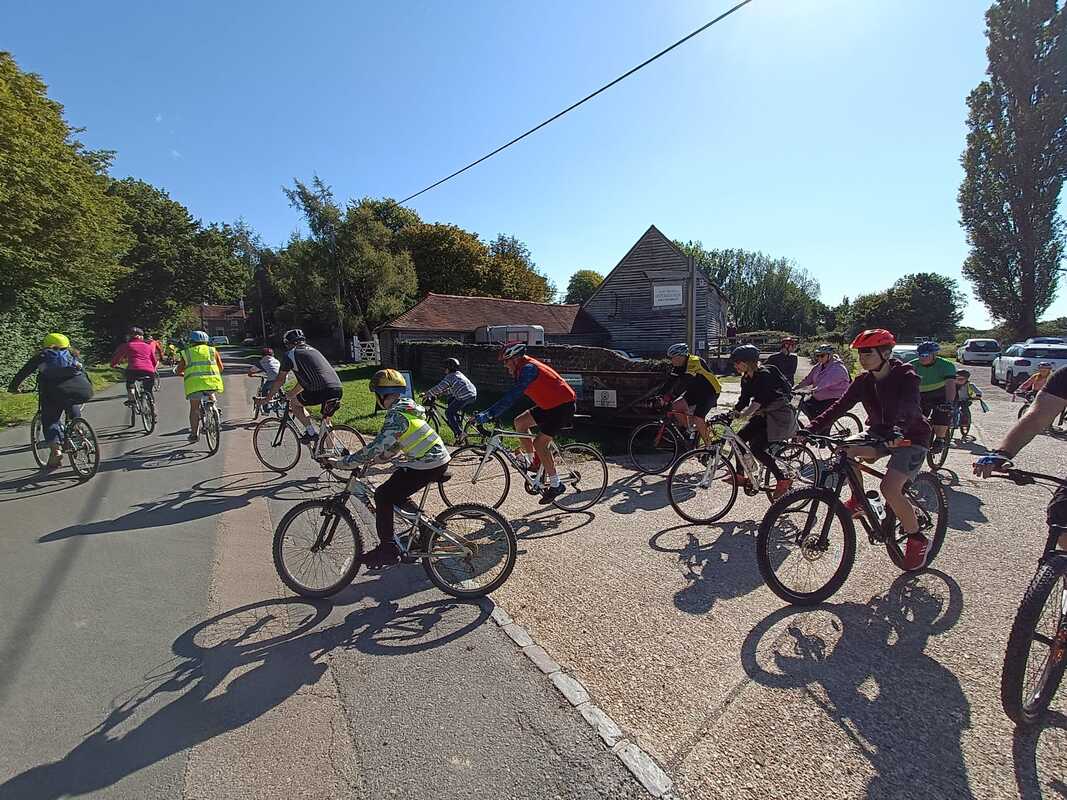
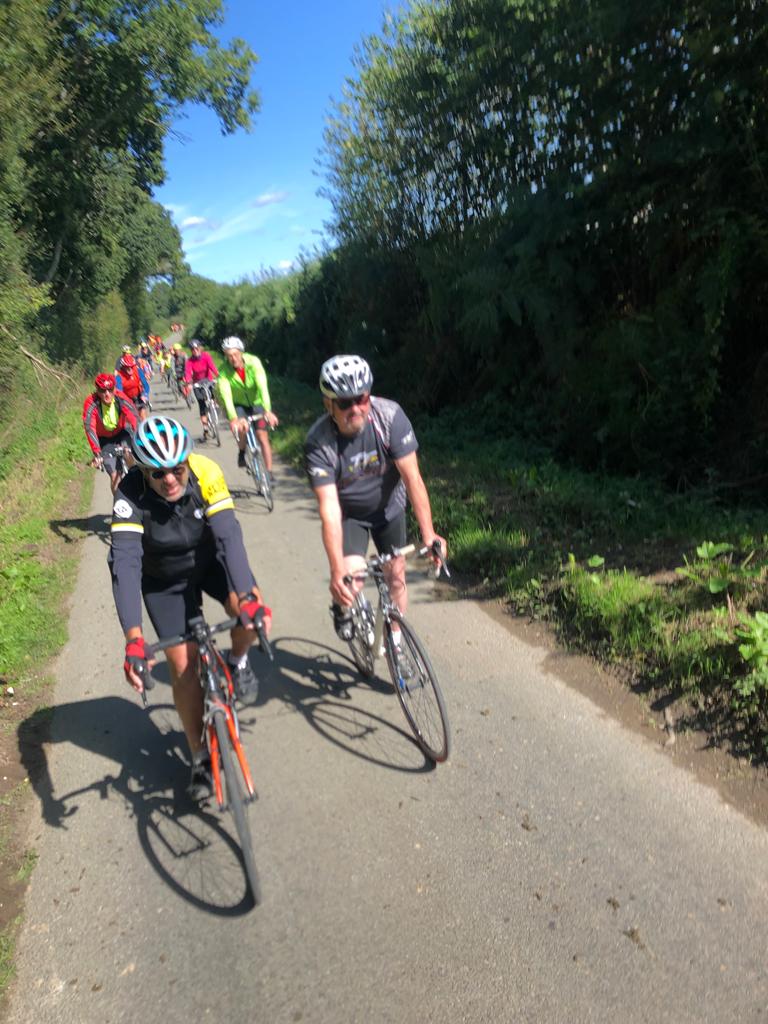
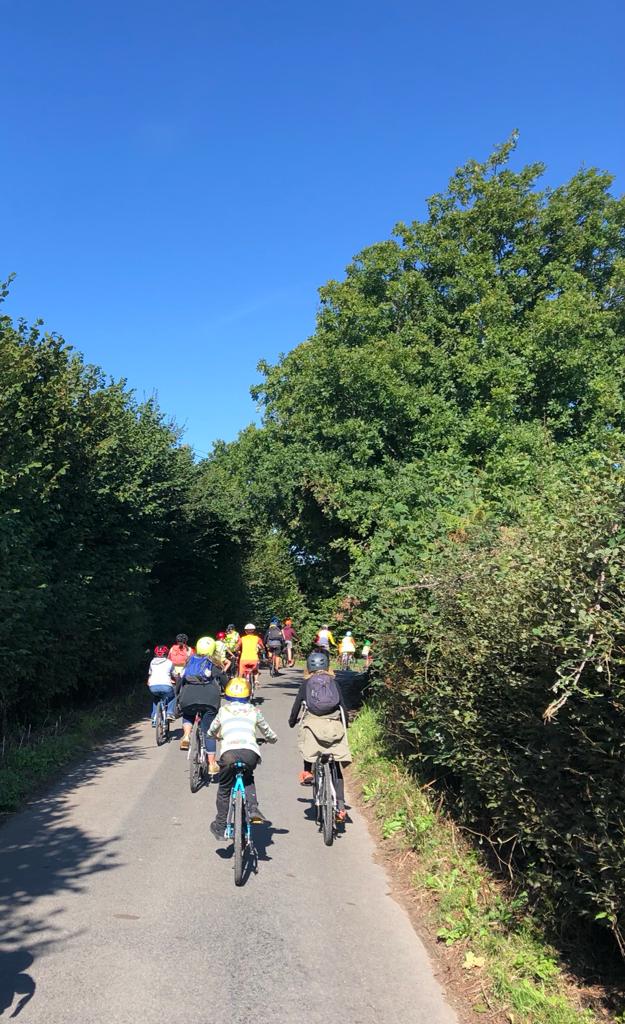
 RSS Feed
RSS Feed